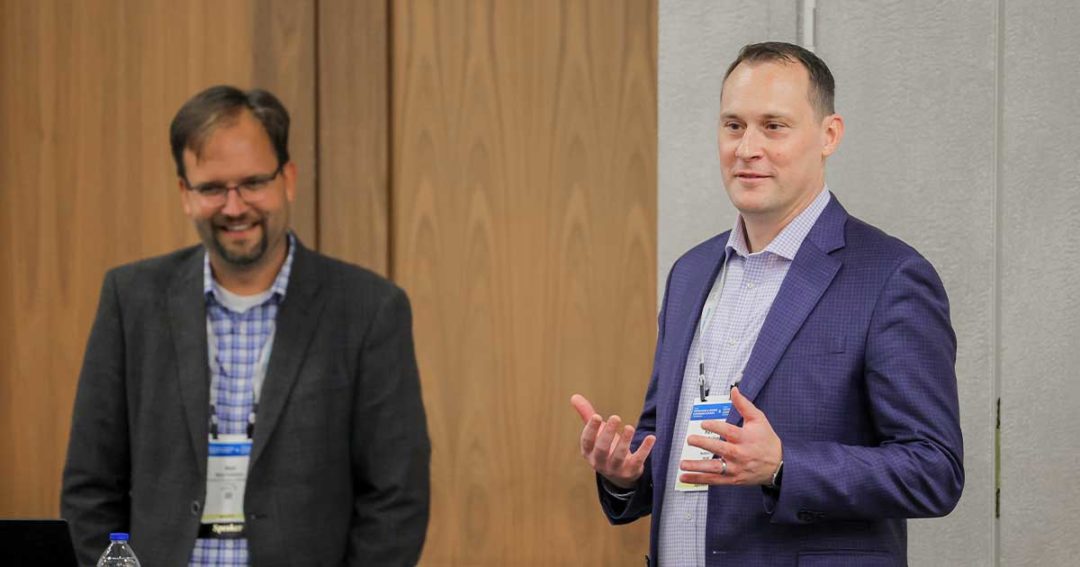
The power of human-centric design
Get feedback from members to turn a good member experience into a great one.
A good member experience is simple, requires no waiting, features instant decisions, is always available, and can be completed anywhere.
“Those are attributes people expect in their lives and the factors you have to think about,” says Kevin Polinsky, senior director, technology, at TruStage.
During the 2023 CUNA Operations & Member Experience Council and CUNA Technology Council Conference in Denver, Polinsky and Matt Kallman, portfolio architect at TruStage, explored how engaging members and including their feedback as part of the human-centered design process can improve the member experience.
“Listen to members about what they’re telling you about their digital experiences, and look at what they do,” Kallman says. “Trust members’ actions, monitor them, and use that information to understand what they actually want.”
Kallman provide three techniques credit unions can use to ensure members receive the best experience possible:
1. Think-out-loud protocol. This is a practical way to gain insights into users’ digital experience. Meet with some members in person and have them interact with your digital services, sharing their experiences out loud as they interact with the product.
In the process, you may find points of friction or parts of the process that become troublesome.
“You can get a lot of information during this process,” Kallman says. “It doesn’t have to be super structured, but you’ll find a lot of interesting information just by having your members think out loud.”
2. Design thinking. This iterative process allows you to understand your users, challenge assumptions, redefine problems, and create innovative solutions which can be prototyped and tested.
“It’s the holistic designing of a process,” Kallman says. “Consider the whole process from beginning to end, and remember that fulfillment is part of the whole design.”
3. Personalization. Think about how to personalize the whole process for the member from beginning to end.
“A lot of personalization technology is on the front end of the process,” Kallman says. “Make sure you’re thinking about the whole experience, because if you get to the point where your personalization has been great and then it falls off, that’s almost a worse experience.”
There are many areas and processes where member input can be beneficial, but Kallman stresses that credit unions don’t need to do everything at the same time.
“You’re not trying to tackle everything all at once,” Kallman says. “Take a digital experience you know will be important to your members, and then use some of these techniques to help you with that. Be pragmatic.”